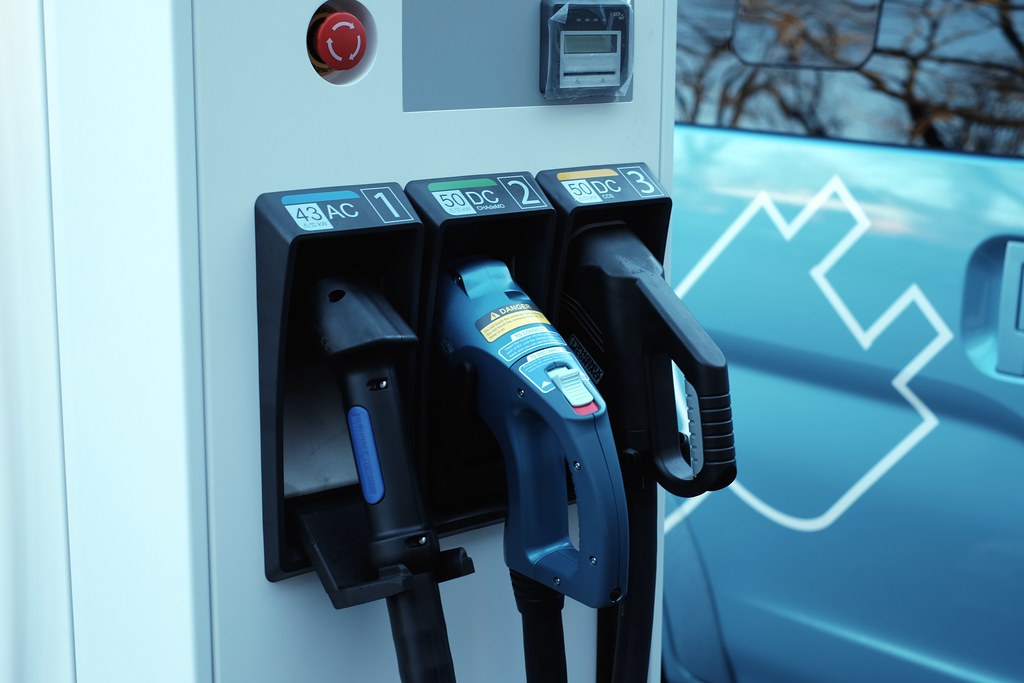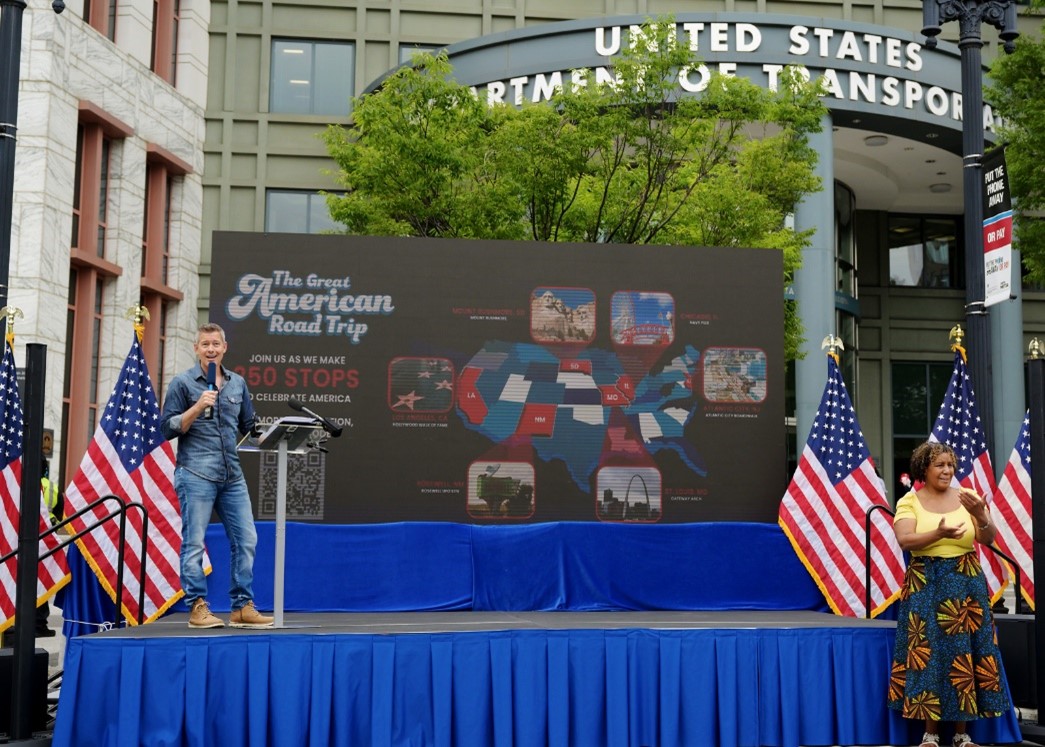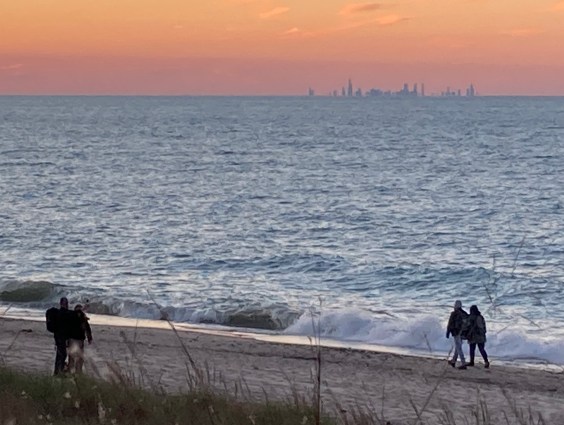The enormous commercial success of startups like Uber and Lyft is just the beginning of how transportation services can be enhanced by mobile technology, writes Lisa Nisenson at Strong Towns. There's a whole range of needs that a new generation of transit services can meet, lessening dependence on private cars.

In between ride-hailing services like Uber and fixed-route transit networks are options that Nisenson calls "microtransit" that can fill the "missing middle" in America's transportation system. These types of services are rare today, but more startups are stepping up to fill the void as mobile technology becomes more widespread.
Microtransit (or lean transit or whatever we end up calling it) bridges the gap between single user transportation (car, Uber, taxi) and fixed-route public transit. Sure vanpools and private shuttles serve the shared ride market, but in a bulky, grumpy kind of way. In the Washington D.C. region, queues for shared vans are unceremoniously called “slug lines.” On-demand shuttles seem worth a $16 writhe into the back of an Econoline van when traveling, but not for everyday commutes.
Fortunately, new transportation startups are bringing a disruptive flair to shared rides similar to Uber’s entry into the taxi market. The venture capital site Angel List includes 164 Public Transportation startups. Bridj, based in Boston, bills itself as “pop up” transit, and is using on-demand pick-up services to scout underserved routes. Initial fares are higher than transit ($6 a ride) but expected to fall as the service “learns” the most efficient routes and as more contenders enter the market, including Uber...
Perhaps the biggest question is whether (and how) tech-enabled transportation and small scale transit can support stronger towns. Auto-oriented land patterns are not going away any time soon and there is great cost associated with the mandated on-demand transit that serves low intensity land uses. By being able to reduce that cost with help from the private sector, resources can be reallocated to the high intensity transit serving high intensity land patterns. However, there is always the fear that shiny, techy transit might greenwash a new generation of sprawl. Transportation has always been about getting from Point A to Point B. Strong Towns has emphasized locating Point A and Point B closer, with as many options to traverse the two as possible. The missing middle in transportation is essential for bringing these two conversations together.
Elsewhere on the Network today: Biking in LA attempts to determine whether California's new 3-foot passing law is having an impact on safety. Wash Cycle explains some changes to a DC law that requires gas stations to supply air pumps for bicyclists. And Spacing discusses how safety can be a big barrier to transit use for non-gender-conforming people.





